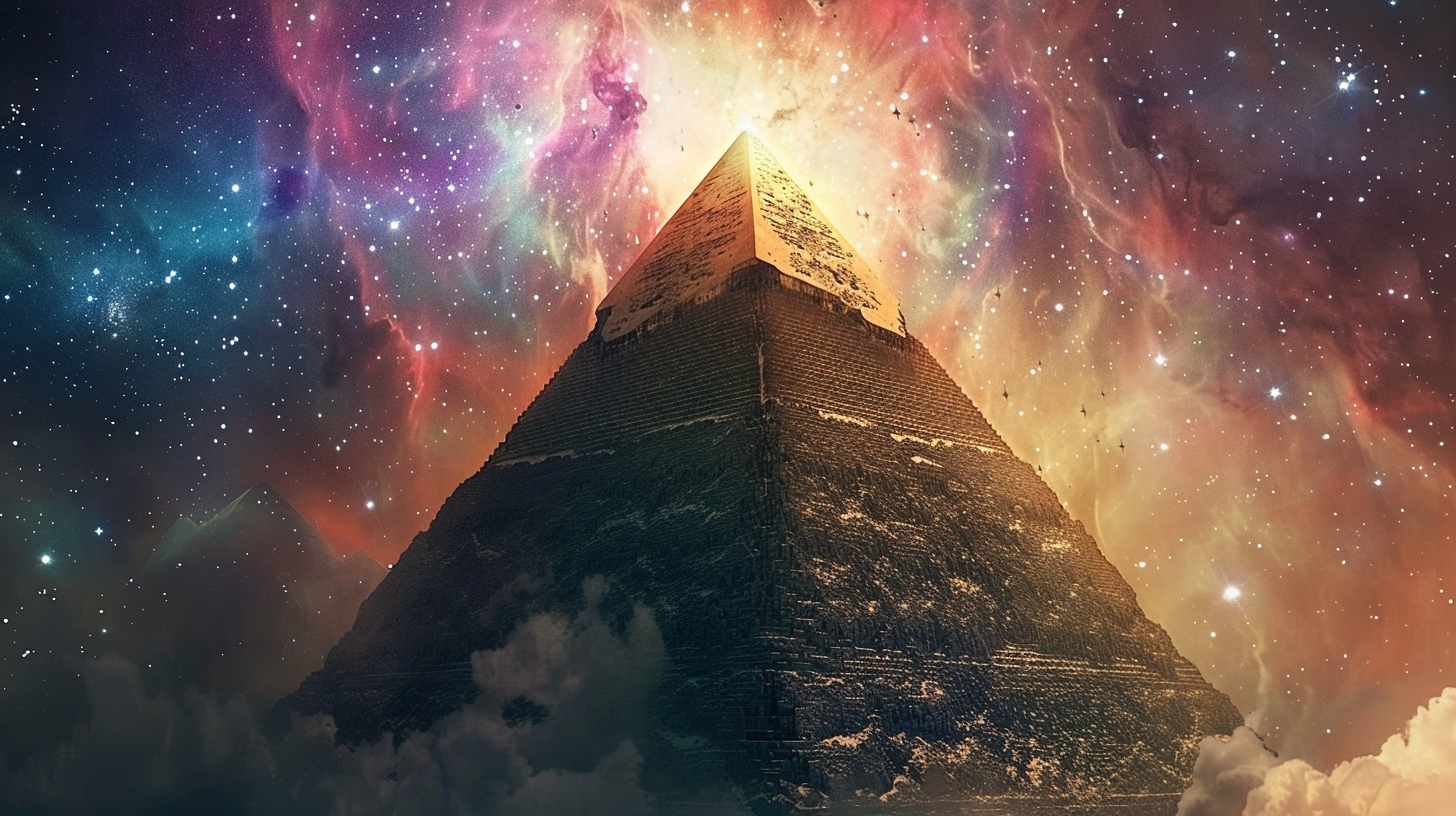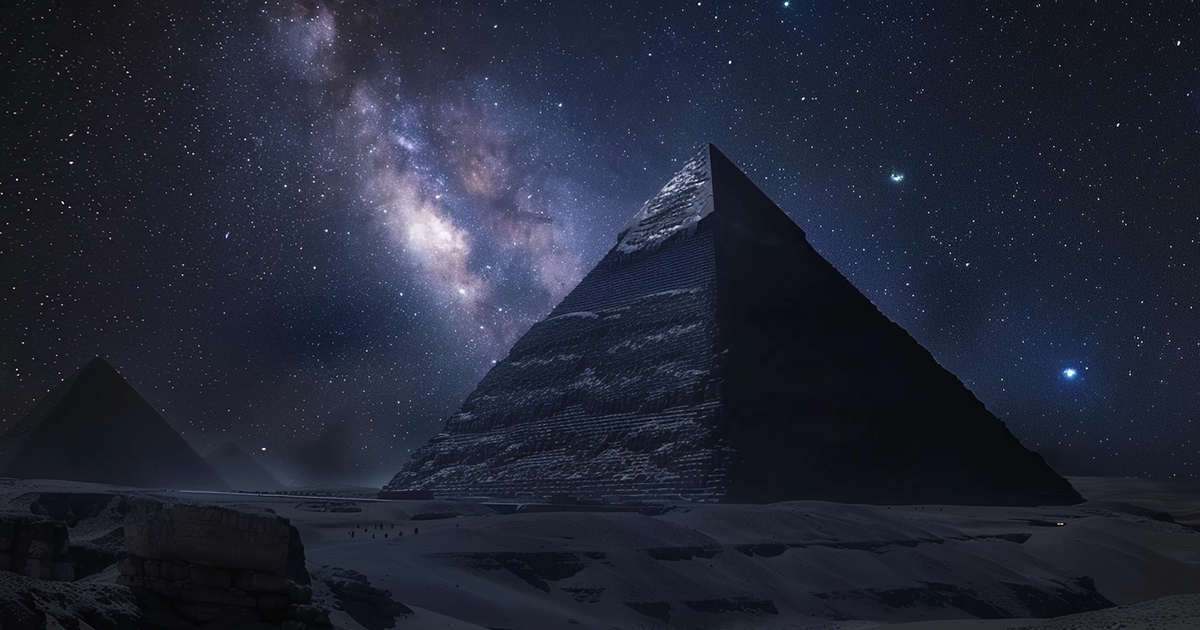The Great Pyramid of Giza, one of the most iconic and enigmatic structures in human history, continues to captivate the imagination of scholars and enthusiasts alike. Among the many mysteries surrounding this ancient marvel is its precise alignment with the three stars of Orion’s Belt in the constellation of Orion. While some attribute this alignment to advanced astronomical knowledge or even extraterrestrial guidance, others offer alternative explanations rooted in ancient beliefs and architectural principles.
The alignment of the Great Pyramid with Orion’s Belt is indeed a fascinating phenomenon that has puzzled researchers for centuries. The three pyramids of Giza, known as the Pyramid of Khufu, the Pyramid of Khafre, and the Pyramid of Menkaure, are positioned in such a way that their layout mirrors the arrangement of the three stars in Orion’s Belt. This uncanny alignment has led some to speculate about possible connections between the ancient Egyptians and the cosmos.
One theory suggests that the alignment of the Great Pyramid with Orion’s Belt may be evidence of advanced astronomical knowledge among the ancient Egyptians. According to this interpretation, the builders of the pyramid may have possessed a sophisticated understanding of celestial mechanics and used the stars as a guide for their architectural endeavors. The alignment with Orion’s Belt could have held symbolic significance, representing a link between the earthly realm and the heavens above.

Furthermore, proponents of the advanced astronomical knowledge theory point to other examples of celestial alignments in ancient Egyptian architecture, such as the orientation of temples and tombs to align with specific stars or constellations. They argue that these alignments served both practical and symbolic purposes, allowing the ancient Egyptians to honor their gods and navigate the afterlife while also demonstrating their mastery of astronomy.
However, skeptics offer alternative explanations for the alignment of the Great Pyramid with Orion’s Belt, rooted in ancient Egyptian beliefs and cultural practices. According to some interpretations, the alignment may have been intended to reflect the pharaoh’s connection to the gods and the cosmos, rather than being based on scientific knowledge. In ancient Egyptian religion, the pharaoh was considered a divine ruler, and the construction of monumental structures such as the Great Pyramid was seen as an act of devotion and piety.
Moreover, critics caution against imposing modern interpretations onto ancient structures and emphasize the importance of understanding the cultural and religious context in which they were built. Without clear evidence linking the alignment with Orion’s Belt to advanced astronomical knowledge or extraterrestrial guidance, the true purpose behind the alignment remains a subject of speculation and debate.
Another perspective on the alignment of the Great Pyramid with Orion’s Belt suggests that it may be part of a broader pattern of sacred geometry and numerology in ancient Egyptian architecture. The Egyptians placed great importance on symmetry, proportion, and harmony in their designs, believing that these principles reflected the order and balance of the cosmos. Therefore, the alignment with Orion’s Belt may have been a deliberate architectural choice intended to create a sense of cosmic harmony and balance.
In conclusion, the alignment of the Great Pyramid of Giza with Orion’s Belt is a fascinating phenomenon that continues to inspire speculation and debate. Whether it is evidence of advanced astronomical knowledge, extraterrestrial guidance, or simply a reflection of ancient beliefs and architectural principles, one thing remains certain – the Great Pyramid of Giza continues to intrigue and mystify us, inviting us to contemplate the mysteries of the ancient world and our place within it.

18 thoughts on “Deciphering the Alignment: The Great Pyramid of Giza and Orion’s Belt Connection”
Comments are closed.